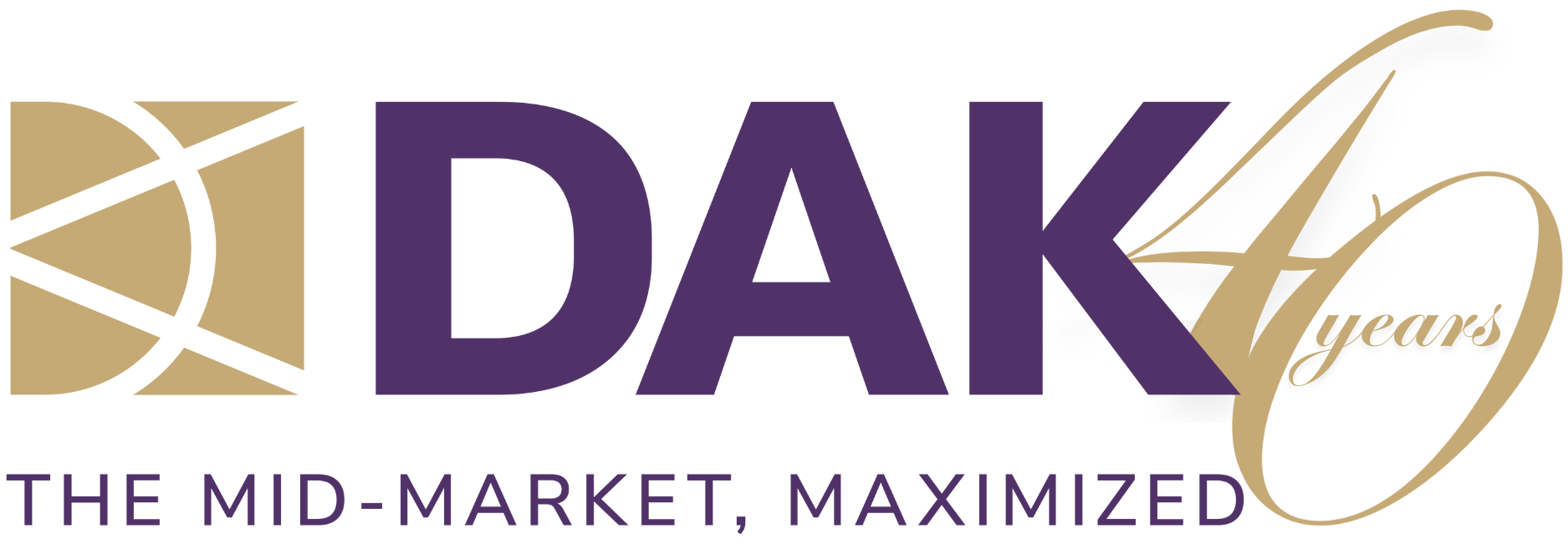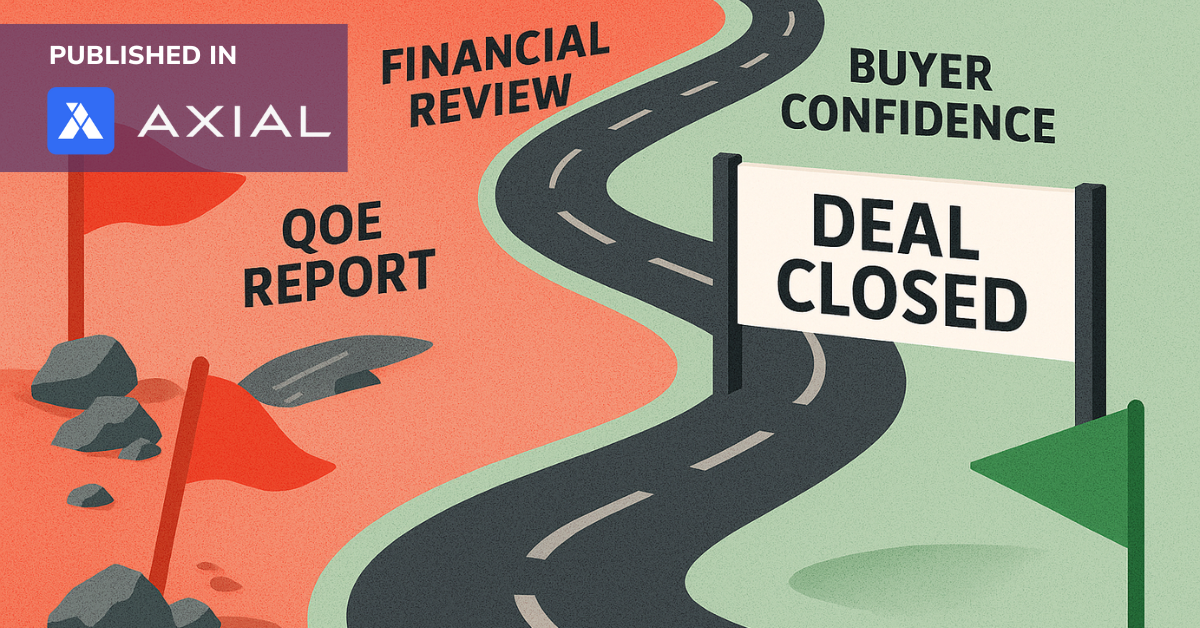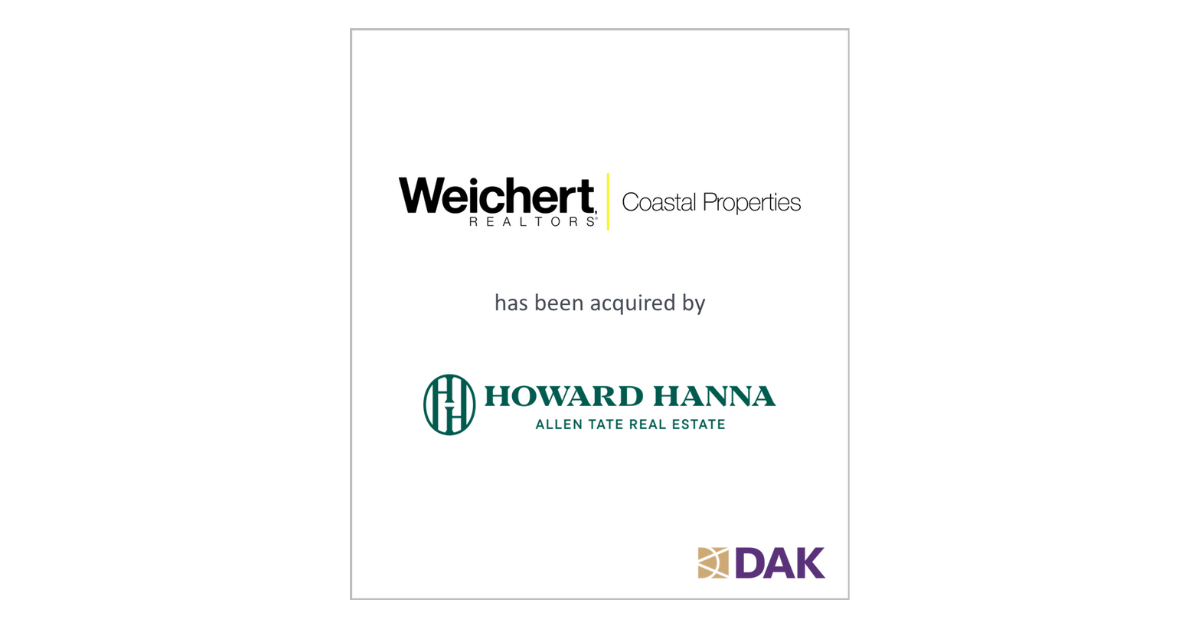Spot the risks early. Smooth the road ahead.
You’ve worked for years to build your business—don’t leave money on the table when it’s time to sell. In today’s M&A environment, serious buyers come to the table with data-driven expectations, and sellers who aren’t equally prepared risk delays, lower offers, or worse—no deal at all. One of the most effective steps a business owner can take to ensure a smooth process and maximize value is initiating a sell-side Quality of Earnings (QoE) report before going to market. This article explains why this critical, often-overlooked tool isn’t just about accounting, it’s about putting yourself in the strongest position possible when the stakes are highest.
What Is a Sell-Side Quality of Earnings Report—and Why It Matters
When preparing to sell a business, there’s no substitute for preparation. One of the most strategic and value-enhancing steps a seller can take before launching an M&A process is to initiate a sell-side Quality of Earnings (QoE) report. This type of financial diligence helps present a clear and credible view of the company’s earnings, supports valuation expectations, accelerates buyer diligence, and ultimately increases the likelihood of a successful transaction.
At its core, a sell-side QoE is a detailed analysis of a company’s earnings and cash flows, prepared by an independent accounting or financial advisory firm. The purpose is to provide a normalized and accurate view of adjusted EBITDA by identifying and backing out non-recurring, non-operational, or owner-specific items. This includes reviewing revenue recognition policies, customer and vendor concentrations, working capital trends, cost structures, and any unusual accounting practices.
In essence, a sell-side QoE mimics the financial due diligence that a buyer and their advisors will conduct once a letter of intent (LOI) is signed. By engaging in this exercise before going to market, the seller not only prepares themselves for the scrutiny that comes later but also arms themselves with the tools to navigate that process more confidently and effectively.
Get Ahead of Red Flags and Tell Your Story on Your Terms
One of the greatest benefits of conducting a QoE in advance is the ability to identify and address potential red flags early. If the report reveals issues—such as inconsistent financial reporting, under accrued liabilities, or significant customer churn—the seller has the opportunity to either fix those problems or prepare a thoughtful, data-backed explanation that can be shared with buyers.
Revenue recognition practices, in particular, can be a source of confusion or concern for acquirers. A sell-side QoE will assess whether revenue is being recognized in accordance with standard accounting principles and whether the timing of recognition is consistent and supportable. This is especially important for businesses that engage in project-based work or multi-phase contracts, where percent-completion accounting is used. Misalignment between project milestones, cash flow, and revenue recognition can raise buyer concerns around sustainability and accuracy of reported earnings.
By proactively identifying these issues—such as aggressive revenue pull-forward or misapplication of percentage-of-completion methodology, the seller can either adjust their financials or present a clear rationale and context for buyers. This approach puts the seller in control of the narrative and reduces the likelihood of surprises during diligence that could impact valuation or delay the deal.
Boost Buyer Confidence and Attract Better Offers
A well-prepared QoE report provides buyers with a professional, objective view of the business’s true financial performance. This increases buyer confidence and encourages them to submit more competitive bids. In fact, when a sell-side QoE is in place, buyers are more likely to “sharpen their pencils” when submitting an initial indication of interest (IOI), knowing they are working from reliable data rather than unaudited or management-adjusted financials.
This increased transparency also expands the pool of potential buyers, including financial sponsors and strategic acquirers who may be reluctant to engage seriously without some level of verified financial diligence.
Speed Up the Deal and Reduce Disruptions
Most buyers will still conduct their own QoE, but when a credible sell-side report exists, they often use it as their starting point—greatly reducing time, cost, and friction in the process. This allows buyers to move more quickly to confirmatory diligence and final documentation, shortening the deal timeline and reducing execution risk for both sides.
From the seller’s perspective, this also means less disruption to the business, as key team members aren’t constantly pulled into duplicative data requests and meetings.
Defend—and Increase—Your Valuation with Adjusted Earnings
Normalized EBITDA is the foundation of most M&A valuations, and a QoE helps ensure that number is well-supported and defensible. A good QoE doesn’t just remove one-time costs, it also identifies legitimate add-backs such as non-recurring legal expenses, owner-related compensation, or other discretionary items. These adjustments can materially increase the earnings base and, by extension, the purchase price.
Moreover, when buyers see a professionally prepared QoE with clearly documented adjustments, they’re far less likely to challenge the numbers or push back during negotiations.
Show Buyers You’re Ready
Going to market with a sell-side QoE demonstrates that the seller is organized, transparent, and serious about the transaction. It signals to buyers that the company has nothing to hide and is ready for diligence. This creates a tone of professionalism from the outset and builds trust with potential acquirers.
Conclusion
A sell-side Quality of Earnings report is far more than a financial analysis—it’s a strategic tool that can influence nearly every aspect of an M&A process. From identifying issues early and controlling the financial narrative to increasing buyer confidence and maximizing value, a QoE sets the stage for a smoother, faster, and more successful transaction.
For any business owner preparing to go to market—especially those with complex or non-standard financials—initiating a sell-side QoE before launching a sale process is not just smart; it’s essential. The insights gained can uncover hidden risks, validate value drivers, and help protect the final purchase price. The cost is typically modest relative to the size of the transaction, and the return on that investment—both in terms of dollars and deal certainly can be substantial. Talk to your advisor about the right time and team to get one done, it could be the difference between a good deal and a great one.






